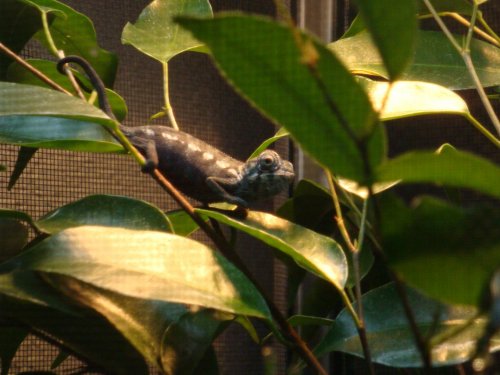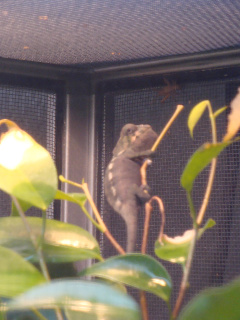YogiGirl
New Member
I have a 3.5 mo old nosy be panther chameleon who has been acting funny for quite a while now...
He puffs up all the time, and though I took him to a vet about a month ago about this, she said he was fine. (He did have parasites a couple months back, but we treated him with antibiotics and that no longer seems to be the issue). I thought it was probably a respiratory issue, because he puffs up so much (sometimes even sleeps puffed up!) and makes popping noises with his tongue sometimes too. She checked him though, and no bacteria...
So he puffs up and also changes weird colors... Sometimes will look really pale, but most of the time he's been a darkish brown/grey color lately.
He eats enough, and just shed the other day, but caught him sleeping during the day today, and that's when I thought I should check with you guys to see if anyone's had any similar experiences...
Thanks for your feedback in advance!
He puffs up all the time, and though I took him to a vet about a month ago about this, she said he was fine. (He did have parasites a couple months back, but we treated him with antibiotics and that no longer seems to be the issue). I thought it was probably a respiratory issue, because he puffs up so much (sometimes even sleeps puffed up!) and makes popping noises with his tongue sometimes too. She checked him though, and no bacteria...
So he puffs up and also changes weird colors... Sometimes will look really pale, but most of the time he's been a darkish brown/grey color lately.
He eats enough, and just shed the other day, but caught him sleeping during the day today, and that's when I thought I should check with you guys to see if anyone's had any similar experiences...
Thanks for your feedback in advance!







